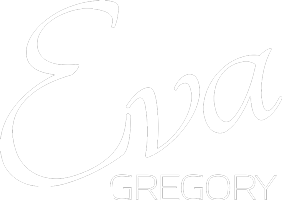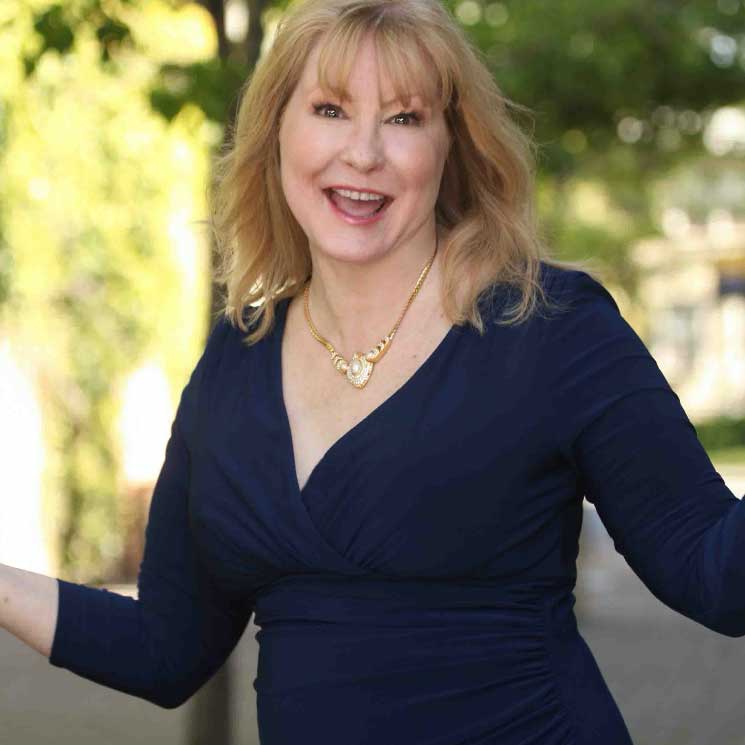
Fail effectively and you can’t lose.
Failure is a part of any endeavor. If you’re not failing, you’re not trying. You can choose to allow failure to affect your state of mind or you can choose to take advantage of it. The most successful people get the most out of each failure. Use failure to your benefit.
Most of us have learned to avoid failure at all costs. But failure is a wonderful way to learn and stretch yourself. All innovation requires failure in the development process. Failing regularly gives the best chance of long-term success.
Achieve greater levels of success by failing effectively:
1. Fail quickly.
If an idea isn’t going to pan out, you might as well figure it sooner rather than later. Avoid spending too much time on a faulty premise. It doesn’t make sense to invest time and money over 12 months only to realize that an idea won’t work if you could’ve reached the same conclusion in three weeks.
At the same time, it’s important not to fail too quickly. Give an idea a fair chance to be successful. Some things take time more time than others do.
2. Ensure that you’re failing for the right reason.
Be certain the necessary time and resources are utilized. If something has gone wrong, determine carefully if it was the idea or the execution.
Have you considered every possible need of your project?
Can your idea work if you change your approach?
3. Fail differently each time.
Many people repeat their mistakes. Failing loses all of its value if you fail to learn from it. Each time you fail in a new way, you have the opportunity to improve your approach.
When a broadcast email went out to 33,000 people with *TEST* in the subject line after I’d approved the copy, I asked myself, “What can we put in place so this doesn’t happen again?” My assistant and I decided for all test emails she’d just put an asterisk to the left of the subject in the subject line. That way IF it were to accidentally go out again , it wouldn’t be so glaring! So far so good.
4. After a failure, make a list of everything you learned.
What did you learn? How can you apply that information in the future? What’s the next logical step? Failing isn’t fun. Ensure you’re getting the most out of it. Keep a failure journal to record your discoveries and new ideas.
Create a plan for the future that considers the new information you’ve acquired. This plan will evolve over time.
 5. Keep an accurate perspective. What is failure? It’s an undesired result. That’s it.
5. Keep an accurate perspective. What is failure? It’s an undesired result. That’s it.
It’s not a grading of your intelligence, worth, or future. There’s no reason to take it personally. It’s simply an idea that didn’t work out. Maintain detached from your results and forge ahead.
Be resilient. Your feelings of self-worth aren’t dependent on your results. You can feel good about yourself even when you don’t achieve your desired outcome. Be proud that you were brave enough to fail and continue.
6. Keep failure and fault separate.
We all learned in childhood that admitting to mistakes resulted taking the blame. Whether you’re working on a self-improvement project or a business project, keep the blame to a minimum.
7. Failure should bring you closer to an optimal solution.
The more challenging the goal, the more times you may fail before achieving success.
As Thomas Edison said, “I have not failed. I’ve found 10,000 ways that won’t work.”
8. Effective failing creates new opportunities.
Many of the most important inventions resulted from mistakes. For example, the glue used in post-it notes resulted from an attempt to create a super-strong adhesive.
Avoid feeling down about failing. View each failure as a step in the right direction. There’s much to be learned via failure. Embrace failure. Just be certain to fail effectively!
If you liked this post on failing effectively, you’ll enjoy Yes or No…Making Balanced Business Decisions.
About the author : Eva Gregory
Eva Gregory is an award-winning transformation catalyst and business mentor leading spiritual entrepreneurs from chaos to clarity to cash flow! She helps established coaches, thought leaders, and spiritual entrepreneurs worldwide scale to six figures and beyond by integrating Inner Guidance with proven business strategies that are working today in an ever-changing market. The combination of practical, step-by-step business training and intuitive spiritual awareness is what sets her apart from others in her field.
She is an avid supporter of the Milo Foundation, an alternative for homeless pets, the Unstoppable Foundation to bring sustainable education to children and communities in developing countries, and Kiva to support entrepreneurs in under-served communities around the world.
Join her Successful Spiritual Entrepreneur Facebook community, where you'll receive plenty of tools, resources, and training on how to grow a successful enlightened business that lights up your Soul!








